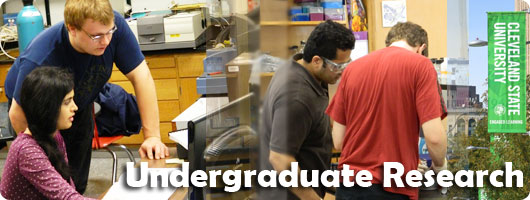
Audio-Visual Translation in International Film: Mediating Factors in Audience Responses
Files
Description
An exhaustive review of the literature about audio-visual translation finds that a number of studies have looked at problems facing translators, including translating spoken word to written word and translating cultural references. We tested differences in audience responses to two versions (subtitled and dubbed) of the same film. The dependent variables investigated were enjoyment, presence, and comprehension. Two groups of participants were shown the first thirty minutes of the film Life is Beautiful; one group was shown the subtitled version and the other was shown the dubbed version. Based on previous research (e.g., Wissmath et al., 2009), the results are predicted to show no difference in comprehension between subtitled and dubbed versions, but it is predicted that the participants’ presence, and thus their enjoyment, will be lower while watching the dubbed version of the film. Results show that there are no significant relationships between the version of the film and the audience’s presence, enjoyment, or comprehension. However, mediating variables such as intercultural exposure and gender were shown to have significant influence. A future study will use eye tracking technology to look at differences in visual attention paid to details within the film during the subtitled film and the dubbed film.
Publication Date
9-22-2013
Recommended Citation
Rader, Kara and Neuendorf, Kimberly Ph.D., "Audio-Visual Translation in International Film:
Mediating Factors in Audience Responses" (2013). Undergraduate Research Posters 2013. 35.
https://engagedscholarship.csuohio.edu/u_poster_2013/35



